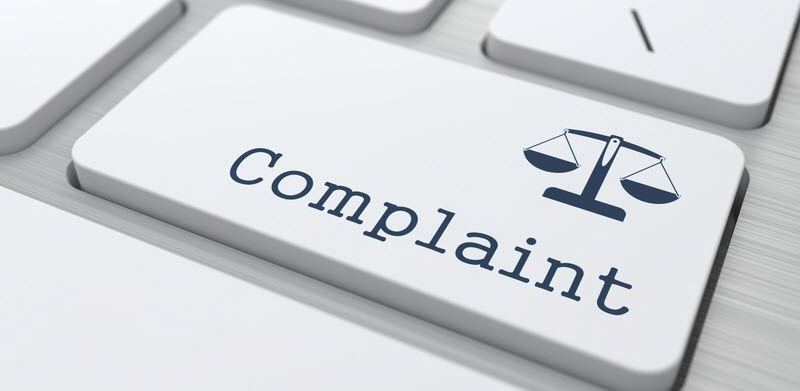How to Prove Discrimination in 2023: A Guide for Victims and Advocates

Discrimination is a pervasive problem in society, affecting people from all walks of life. It can take many forms, including racial, gender, age, disability, and religious discrimination. If you believe that you have been a victim of discrimination, it can be challenging to prove your case.
However, with the right evidence and legal guidance, you can successfully seek justice and hold those responsible accountable for their actions. In this article, we will explore the steps you can take to prove discrimination, and how to seek legal recourse if necessary.
Understanding Discrimination
Before we delve into how to prove discrimination, it’s essential to understand what it is and how it works. Discrimination occurs when someone is treated unfairly or differently because of their membership in a particular group.
This can be based on factors such as race, gender, age, religion, disability, sexual orientation, and more. Discrimination can take many forms, from blatant acts of bias to more subtle forms of prejudice, such as microaggressions.
Identifying Discrimination
The first step in proving discrimination is to identify it. Discrimination can be challenging to prove, especially if it is subtle or hidden. However, there are several signs to look out for that may indicate that discrimination is occurring. These include:
- Being treated differently than others in similar situations
- Being subjected to derogatory comments or slurs
- Being excluded from opportunities or benefits based on your group membership
- Being subjected to harassment or intimidation based on your group membership
If you are experiencing any of these signs, it’s essential to document them as soon as possible. This can include writing down the details of the incidents, keeping copies of any relevant documents or emails, and recording any witness statements.
Read More: Debunking Common Myths About Illegal Immigrants in the UK
Gathering Evidence

Once you have identified discrimination, the next step is to gather evidence to support your claim. This can be challenging, as the discrimination can often be subtle and hard to prove. However, there are several types of evidence that can help strengthen your case. These include:
- Direct evidence: This includes statements or actions by the alleged discriminator that clearly indicate discriminatory intent. For example, if someone tells you that you are not being considered for a job because of your race or gender, that would be direct evidence.
- Circumstantial evidence: This includes evidence that suggests discriminatory intent, even if it’s not conclusive. For example, if a company only hires people of a particular race or gender, that could be circumstantial evidence of discrimination.
- Comparative evidence: This involves comparing your treatment to that of someone who is similarly situated but not a member of the protected group. For example, if a female employee is paid less than a male employee with similar qualifications and experience, that could be comparative evidence of gender discrimination.
- Statistical evidence: This involves analyzing data to show a pattern of discrimination. For example, if a company consistently hires fewer people from a particular race or gender, that could be statistical evidence of discrimination.
Filing a Complaint

If you believe that you have been a victim of discrimination, the next step is to file a complaint. Depending on the type of discrimination and where it occurred, there are several agencies and organizations which you can file a complaint with. These include:
- Equal Employment Opportunity Commission (EEOC): Handles complaints related to workplace discrimination
- Department of Education, Office for Civil Rights (OCR): Handles complaints related to educational discrimination
- Department of Housing and Urban Development (HUD): Handles complaints related to housing discrimination
- Office of Federal Contract Compliance Programs (OFCCP): Handles complaints related to discrimination by federal contractors.
When filing a complaint, it’s essential to provide as much evidence as possible to support your claim. This can include witness statements and documentation. Additionally, it’s important to be aware of any deadlines for filing a complaint.
Depending on the agency or organization, you may only have a limited amount of time to file a claim, so it’s essential to act quickly.
Working with Legal Counsel
If you decide to pursue legal action against the alleged discriminator, it’s important to work with legal counsel. An experienced attorney can help you navigate the legal system and ensure that your rights are protected. They can also help you gather and present evidence to support your claim.
When working with an attorney, it’s important to be open and honest about your experiences. Provide as much detail as possible about the discrimination you have experienced and any evidence you have collected. This will help your attorney build a strong case on your behalf.
Conclusion
Proving discrimination can be a challenging and emotionally draining process. However, with the right evidence and legal guidance, it is possible to seek justice and hold those responsible accountable for their actions.
If you believe that you have been a victim of discrimination, it’s important to document your experiences and gather evidence to support your claim. Additionally, it’s important to be aware of your legal rights and to work with an experienced attorney if you decide to pursue legal action.

One Comment